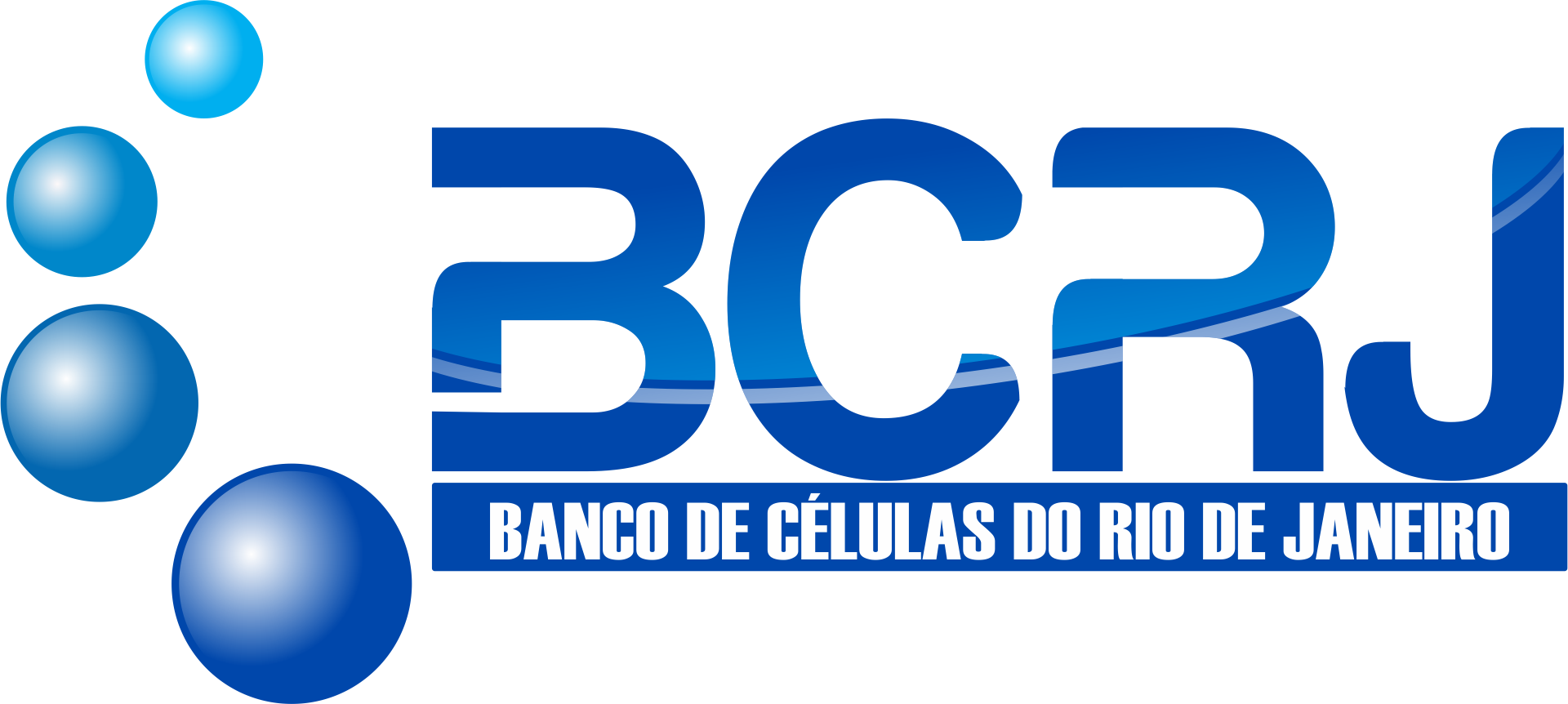| BCRJ Code | 0057 |
| Cell Line | C6 |
| Species | Rattus norvegicus |
| Vulgar Name | Rat |
| Tissue | Brain |
| Cell Type | Glial Cell |
| Disease | Glioma |
| Growth Properties | Adherent |
| Derivation | The glial cell strain, C6, was cloned from a rat glial tumor induced by N-nitrosomethylurea by Benda et al. after a series of alternate culture and animal passages. |
| Applications | This cell line is a suitable transfection host. |
| Virus Succeptility: | Vaccinia virus Vesicular stomatitis, Orsay (Indiana) Vesicular stomatitis, Glasgow (Indiana) Herpes simplex virus |
| Virus Resistance: | poliovirus 3 |
| Products | S-100 protein; produce glyceryl phosphate dehydrogenase in response to glucocorticoids; somatotrophin |
| Biosafety | 1 |
| Addtional Info | S-100 production increases ten fold as cells grow from low density to confluency. |
| Culture Medium | F-12K Medium (Kaighn's Modification of Ham's F-12 Medium) contains 2 mM L-glutamine and 15% of horse serum and 2,5% of fetal bovine serum. |
| Subculturing | Volumes used in this protocol are for 75 cm2 flask; proportionally reduce or increase amount of dissociation medium for culture vessels of other sizes. T-75 flasks are recommended for subculturing this product. Remove and discard culture medium. Briefly rinse the cell layer with PBS without calcium and magnesium to remove all traces of serum that contains trypsin inhibitor. Add 2.0 to 3.0 mL of Trypsin-EDTA solution to flask and observe cells under an inverted microscope until cell layer is dispersed (usually within 5 to 15 minutes). Note: To avoid clumping do not agitate the cells by hitting or shaking the flask while waiting for the cells to detach. Cells that are difficult to detach may be placed at 37°C to facilitate dispersal. Add 6.0 to 8.0 mL of complete growth medium and aspirate cells by gently pipetting. Add appropriate aliquots of the cell suspension to new culture vessels. Incubate cultures at 37°C. NOTE: For more information on enzymatic dissociation and subculturing of cell lines consult Chapter 12 in Culture of Animal Cells, a manual of Basic Technique by R. Ian Freshney, 6th edition, published by Alan R. Liss, N.Y., 2010. |
| Subculturing Medium Renewal | 2 to 3 times per week |
| Subculturing Subcultivation Ratio | 1:2 to 1:3 |
| Culture Conditions | Atmosphere: air, 95%; carbon dioxide (CO2), 5% Temperature: 37°C |
| Cryopreservation | 95% FBS + 5% DMSO (Dimethyl sulfoxide) |
| Thawing Frozen Cells | SAFETY PRECAUTION:
It is strongly recommended to always wear protective gloves, clothing, and a full-face mask when handling frozen vials. Some vials may leak when submerged in liquid nitrogen, allowing nitrogen to slowly enter the vial. Upon thawing, the conversion of liquid nitrogen back to its gas phase may cause the vial to explode or eject its cap with significant force, creating flying debris.
NOTE: It is important to avoid excessive alkalinity of the medium during cell recovery. To minimize this risk, it is recommended to place the culture vessel containing the growth medium in the incubator for at least 15 minutes before adding the vial contents. This allows the medium to stabilize at its normal pH (7.0 to 7.6). |
| References | Benda P, et al. Differentiated rat glial cell strain in tissue culture. Science 161: 370-371, 1968. PubMed: 4873531 Lightbody JJ, et al. Establishment of differentiated clonal strains of glial brain cells in culture. Fed. Proc. 27: 720, 1968. Chen Y, et al. Demonstration of binding of dengue virus envelope protein to target cells. J. Virol. 70: 8765-8772, 1996. PubMed: 8971005 |
| Depositors | Ana Oliveira Battastini, ICB Universidade Federal do Rio Grande do Sul. |
| Cellosaurus | CVCL_0194 |



